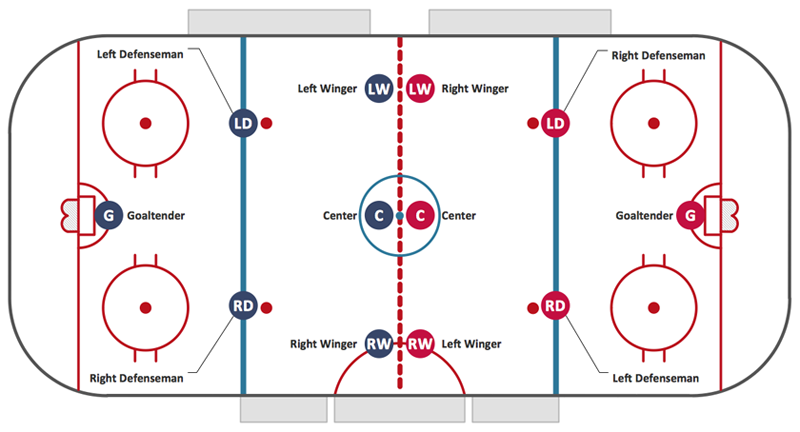NBC Ices Hockey Analyst’s Claim That He Was Fired for Being a Heterosexual Man
June 11, 2021

The first ice-resurfacer was the brainchild of Frank J. Zamboni, who was originally in the refrigeration business. He provided services to businesses such as dairy farms and produce vendors. Zamboni created a plant for making ice blocks that could be used in refrigeration techniques. As the demand for ice blocks waned, Zamboni looked for another way to capitalize on his expertise with ice.
In 1939, Zamboni created the Iceland Skating Rink in Paramount, California. In order to resurface the skating rink, 3 or 4 workers would have to scrape, wash and squeegee the ice. A thin layer of water would then be added for the fresh ice. This process was extremely time consuming and Zamboni wanted to find a more efficient way to resurface the ice.
From 1942 to 1947 Zamboni tried, fruitlessly, to develop a vehicle that could cut down on resurfacing time. In 1947, Zamboni decided on a machine that would shave, wash and squeegee the ice. This machine was mounted on an army surplus vehicle chassis. A blade was mounted on the machine, which would shave the ice; the ice would then receive a thin layer of water creating a smooth sheet of ice.
The prototype had a tank that held the ice shavings, which were carried to the tank via a conveyor belt. This machine was powered by a Jeep engine and transmission. Zamboni abandoned this model in late 1947 because of deficiencies with the blade and handling.
A new machine was developed using another army surplus vehicle chassis. This machine had both four wheel drive as well as front and back wheel steering. By 1949, "'The Model A Zamboni Ice-Resurfacer' became a working reality". Further modification to the Model A included the addition of a wash water tank and a cover for the snow-holding tank. The front and back steering feature was removed in favor of front-wheel steering because the machine constantly got wedged against the boards.
The Model A did not have the visual appeal of many of the ice-resurfacers of today. A journalist from the Brantford Expositor observed that "[t]he original [Model A] looks like the offspring of a field tractor and a warehouse crate". The Zamboni ice-resurfacer was patented in 1953.
The Model B was the next ice resurfacer made by Zamboni. This Machine differed significantly from the Model A. Instead of using a Jeep engine and transmission, Zamboni decided to build the necessary parts directly onto a Jeep body.
Zamboni model C was also built on a Jeep body but more design changes were applied. The driver's position was raised for better visibility and the capacity of the snow-holding tank was increased. From the late 1950s to 1964 there were minimal changes in how the ice-resurfacers were designed, Model C to Model F changed only slightly.
The introduction of the HD series in 1964 saw a shift in the design of the Zamboni ice-resurfacers. Instead of relying on a conveyor belt system to move the ice shavings into the snow-holding tank, a vertical auger system was installed. Along with the vertical auger, a new hydraulic snow-dumping system was adopted. This meant that drivers no longer had to shovel the ice shavings out of the holding tank. This design has been the industry standard since it was first adopted.
In 1967, an Elmira, Ontario-based welder named Andrew Schlupp built his own ice-resurfacer and started the Resurfice Corporation.
The Zamboni Company's ice resurfacing machine and Frank Zamboni were honored with a Google Doodle on 16 January 2013, for Frank Zamboni's 112th birthday. Google provided a playable doodle, where you can drive the Zamboni machine around a rink.